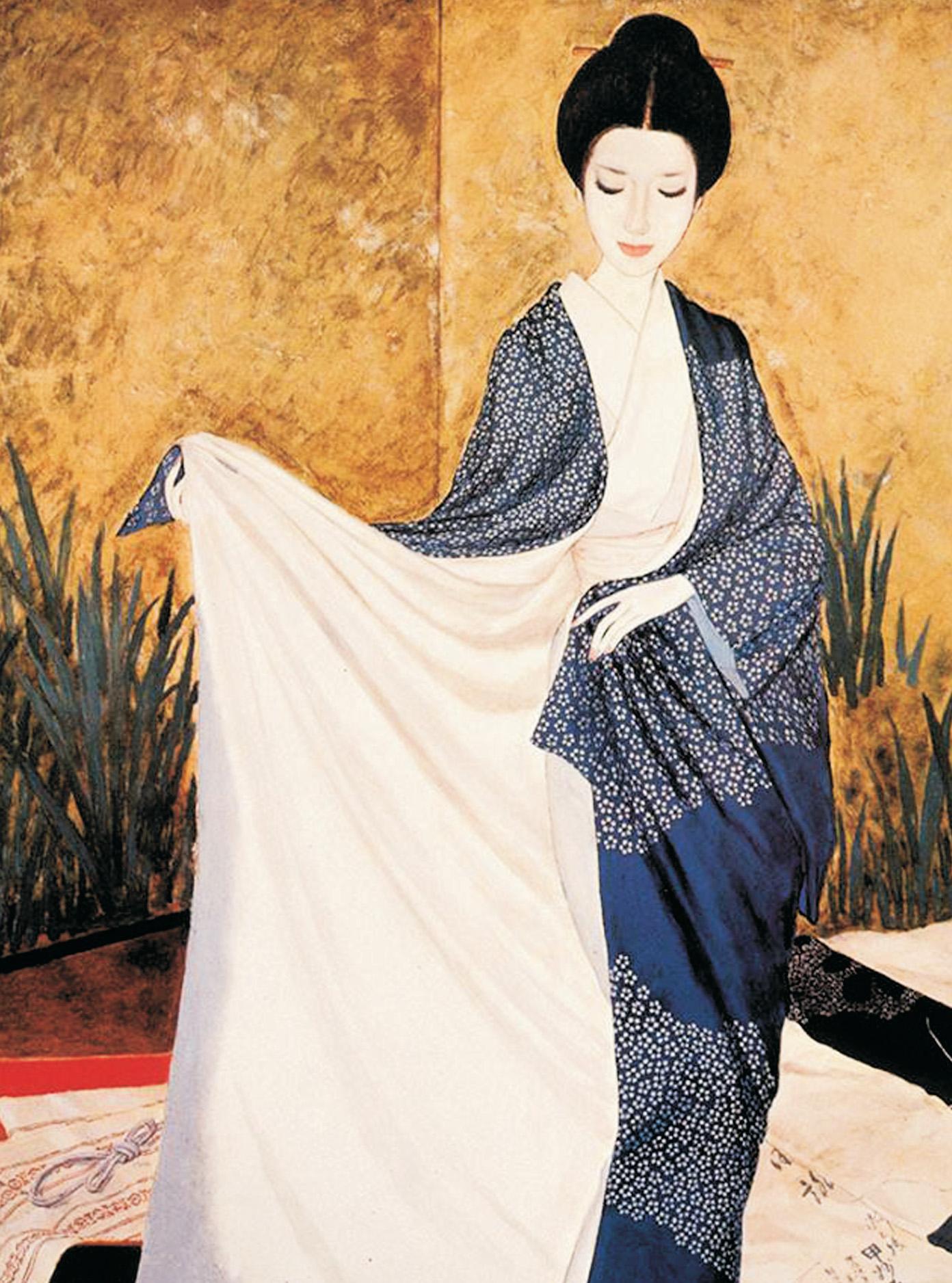
4 minute read
Getting Grounded: How Dirt Makes You Happy
Japan’s remarkable resilience in the face of COVID-19 highlights its ancient wellness roots By Global Wellness Summit

Advertisement
Brilliantly marrying revered traditions with innovative technologies, Japan asserts a comprehensive culture of wellness —and encourages the world to follow suit.
As awareness of the100-year Life Society spreads globally, it is natural to look to Japan. In 1965, Japan had 153 centenarians, and in 2017, there were 67,824, representing the largest per capita ratio of them in the world. Fifty percent of Japanese citizens born in 2007 are expected to reach 107. There are lessons to be learned from Japan’s lengthy leadership in longevity. Japan is not standing still, but rather executing exciting innovations on top of its cultural traditions of trust, exacting quality in all matters and a deep reverence for nature.
Recent years have seen each of these become a global phenomenon: Ikigai, purpose but at a measured pace; Kintsugi, “art of repairing broken pottery”; Wabi-sabi, embracing imperfection and transience; Marie Kondo, de-cluttering by auditing the spiritual value of our possessions; and ShinrinYoku, forest bathing. Japan is also known for its wellness-related products.
Incense is used to purify, cleanse and relax. With a reputation for the highest quality, Japanese incense sticks have long been exported worldwide. Behind this are deep traditions. Seasoned artisans train for years, with 70 percent of all production being centered on Awaji-shima, a small island southwest of Kobe city. When the burning of incense moved beyond temples, incense-listening, or Koudou, emerged in the 13th century and is still practiced today: a ritual-rich game involving the identification of incense aromas. Japanese incense sticks are being followed globally now by wave upon wave of highly distinctive JWellness products and techniques. Connecting To Nature
Shinrin-Yoku (Forest Bathing), Therapeutic Onsens and yummy Shojin Ryori vegan temple food
Japan’s deep reverence for nature also acts as preventative healthcare. For example, forest bathing began in 1982 with a J%panese national health program. Coordinated by the Forest Therapy Society, there are now 62 official healing forests and 1,200 certified guides, with over 2.5 million people walking the healing forest trails in 2018. Studies support the breadth of health benefits of connecting all five senses to nature, from reduced blood pressure, lower stress and improved cardiovascular and metabolic health to lower blood-sugar levels and improved concentration, memory and energy. The phytoncide in cedar and cypress has been shown to have calming effects on people, as well as providing a boost to the immune system, with one study having shown a 53 percent increase in the count of the body’s natural killer cells after two days in these forests.
Dr. Qing Li of the Nippon Medical School in Tokyo and president of the Forest Therapy Society, who also spoke at the 2019 GWS, notes that we spend 93 percent of our time indoors, leading to a naturedeficit disorder. As the inbound tourism boom is discovering, Japan has an incredible wealth of natural assets to facilitate recovery: in addition to the 62 healing forests, there are 20,972 onsens (hot springs), two-thirds of the global total, providing a rustic, authentic, and hyper-specific wellness experience. In addition to the medicinal benefits of the various minerals in the water, deep-soaking bathing has thermotherapeutic effects (a higher body temperature stretches capillaries improving circulation, increasing metabolism and reducing fatigue), water pressure effects (improving the flow of your blood and lymph fluid) and buoyancy effects. The latter, by reducing the body’s weight to one-tenth of what it normally is, allows muscles and joints to rest, enabling tensions in the body to dissipate. Japanese bathing influences are appearing worldwide. The new Shou Sugi Ban House in the Hamptons, US, has a Japanese design, hinoki soaking tubs, tea ceremonies, etc.
The 2018 Monastery Stay & Meditative, Spiritual Cuisine legislation opened Japanese temples to lodging tourists, enabling visitors to access their inner Zen with meditation, silence and the famous vegetarian cuisine that Buddhist monasteries offer known as Shojin Ryori. “Shojin” means a devotion to pursue a perfect state of mind, while “ryori” means food. Dating back to the 6th century, it is prepared around soybean-based foods such as tofu and incorporates seasonal vegetables, wild mountain plants and nuts. Meat, fish or other animal products and pungent flavors such as garlic and onion are excluded. The monks employ two “rules of five”: five colors (green, red, yellow, black and white) and five flavors (sweet, sour, salty, umami and bitter). Encouraging contemplation and appreciation, the cuisine leads to balance and alignment of the body, mind and spirit. Forecasting the Future
• All eyes are focused on Japan for the “Tokyo 2020” Olympics. This will be Japan’s unique opportunity to shine a light on the preventative healthcare and wellness properties that are inherent in Japan’s deep reverence for nature—a sentiment that the Coronavirus has made even more urgent.
• Spiritual travel is bound to surge post-pandemic. Expect Japan to be a leading destination in one of the newest wellness travel trends: “monastery stays.” The country has already opened up hundreds of Buddhist temples to tourists and has even created an Airbnb-like booking system.
• As home to two-thirds of all hot springs destinations in the world, Japan’s authentic onsen culture will continue to evolve and make its way West. New luxury onsen resorts are springing up across Japan, and the experience is also being exported to other countries.
This is an excerpt from the “J-Wellness” trend in the 2020 Global Wellness Trends Report










